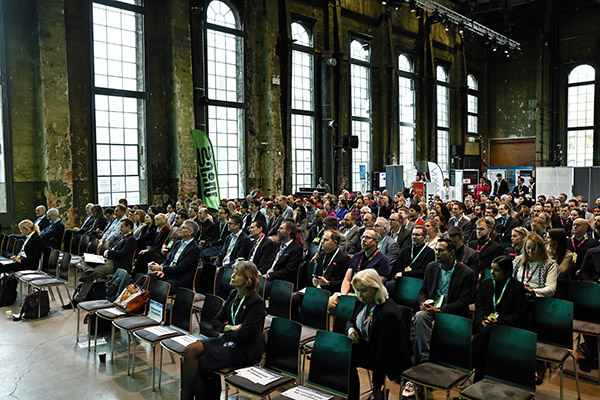Structural batteries are multifunctional devices that not only store energy but also support mechanical loads. This allows the battery to be integrated into the structural components of a product, such as a car, significantly reducing overall weight. Such technology has the potential to enhance the sustainable design of electric vehicles, drones, handheld tools, laptops, and mobile phones by making them lighter and more energy efficient.
Recent breakthroughs in the field have been published in the article “Unveiling the Multifunctional Carbon Fibre Structural Battery” in the journal Advanced Materials (https://doi.org/10.1002/adma.202409725) by Richa Chaudhary, Johanna Xu, Zhenyuan Xia, and Leif Asp from Chalmers University of Technology.
– I am excited to see our work to realize the all-carbon fibre structural battery composite published in Advanced Materials. The developed technique will allow us to boost the materials multifunctional performance further. I think an elastic modulus of 100 GPa and an energy density of at least 50 Wh/kg is now within reach, says Leif Asp, Professor at the Department of Industrial and Materials Science at Chalmers and WISE researcher.
Research on structural batteries has been ongoing for many years at Chalmers, with collaboration at various stages involving researchers from KTH Royal Institute of Technology. Since Professor Leif Asp and his colleagues published their seminal scientific article in 2018 on stiff, high-strength carbon fibers capable of storing electrical energy chemically, the concept has continued to evolve increasing both stiffness and energy density.
The developed battery concept is based on a composite material that uses carbon fibre as both the positive and negative electrodes, with the positive electrode coated in lithium iron phosphate. The carbon fibre serves a dual function: storing energy while providing stiffness and strength. One significant advantage of this design is that it avoids the use of critical raw materials such as cobalt or manganese.
Future sustainable developments
In this battery, lithium ions move between the terminals through a semi-solid electrolyte instead of a liquid one, a challenge for achieving high power that will require further research. However, this design also enhances the safety of the battery cell, reducing the risk of fire.
More information about these exciting advances can be found at: https://news.cision.com/chalmers/r/world-s-strongest-battery-paves-way-for-light–energy-efficient-vehicles,c4036183
This research is funded by WISE. To learn more about Prof. Asp’s WISE project please visit:
Graphene-enhanced structural battery composites for future energy storage




























